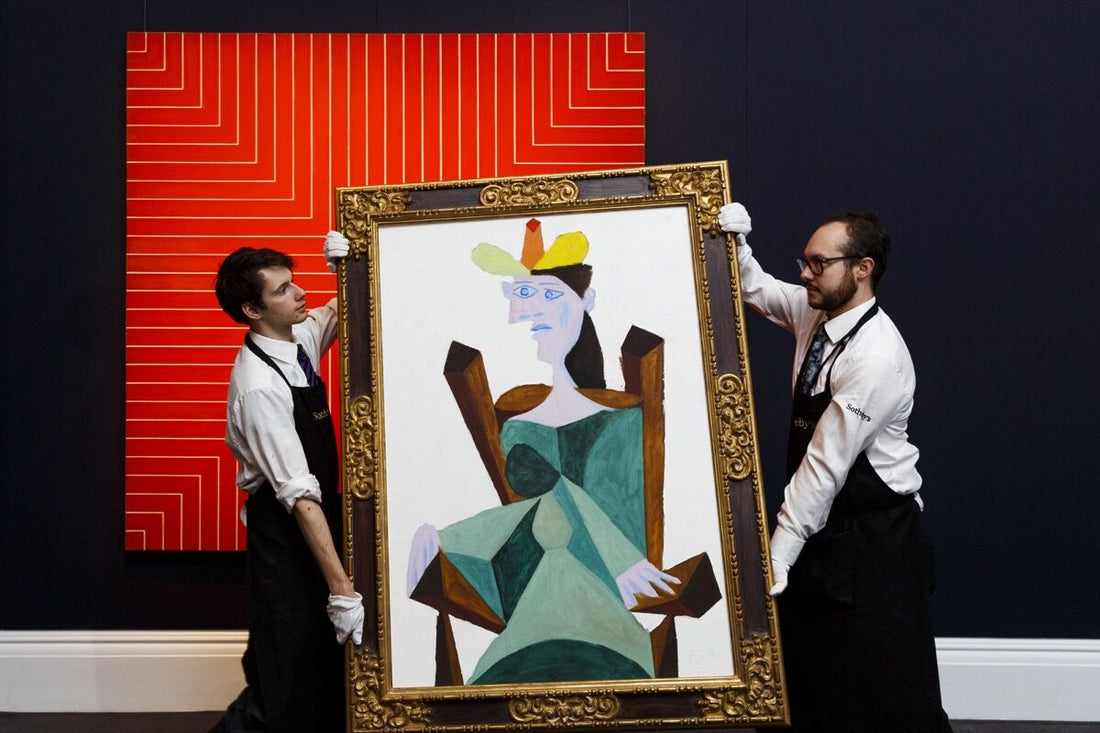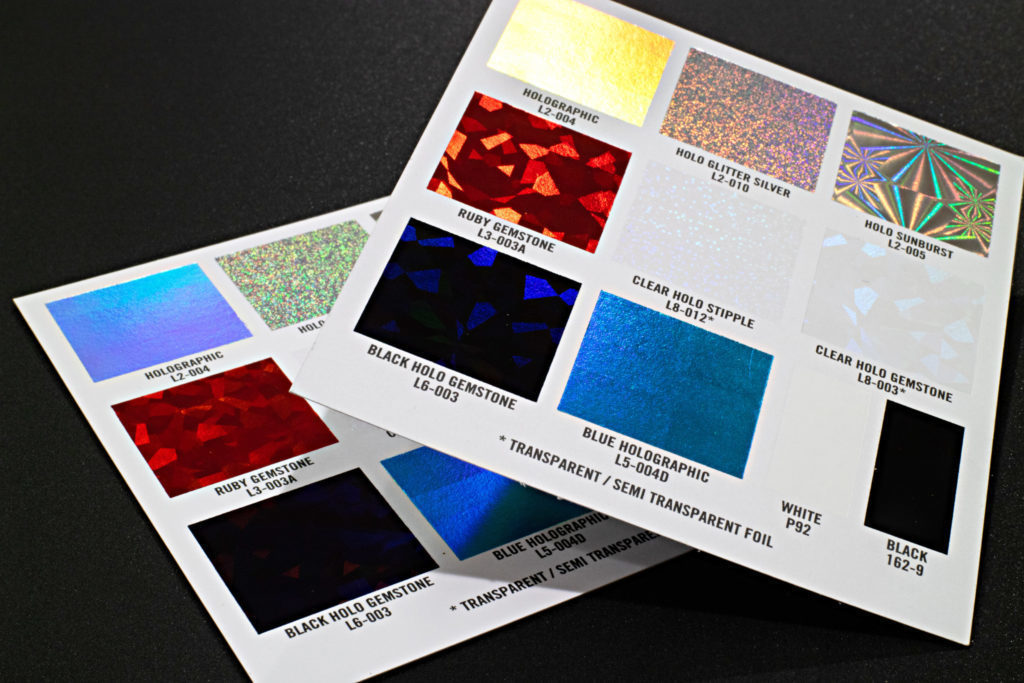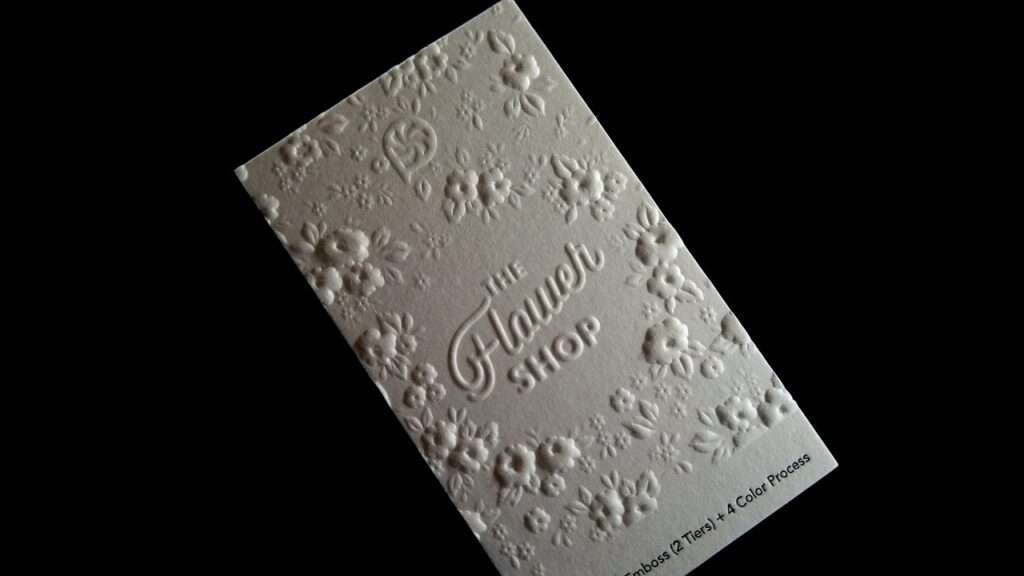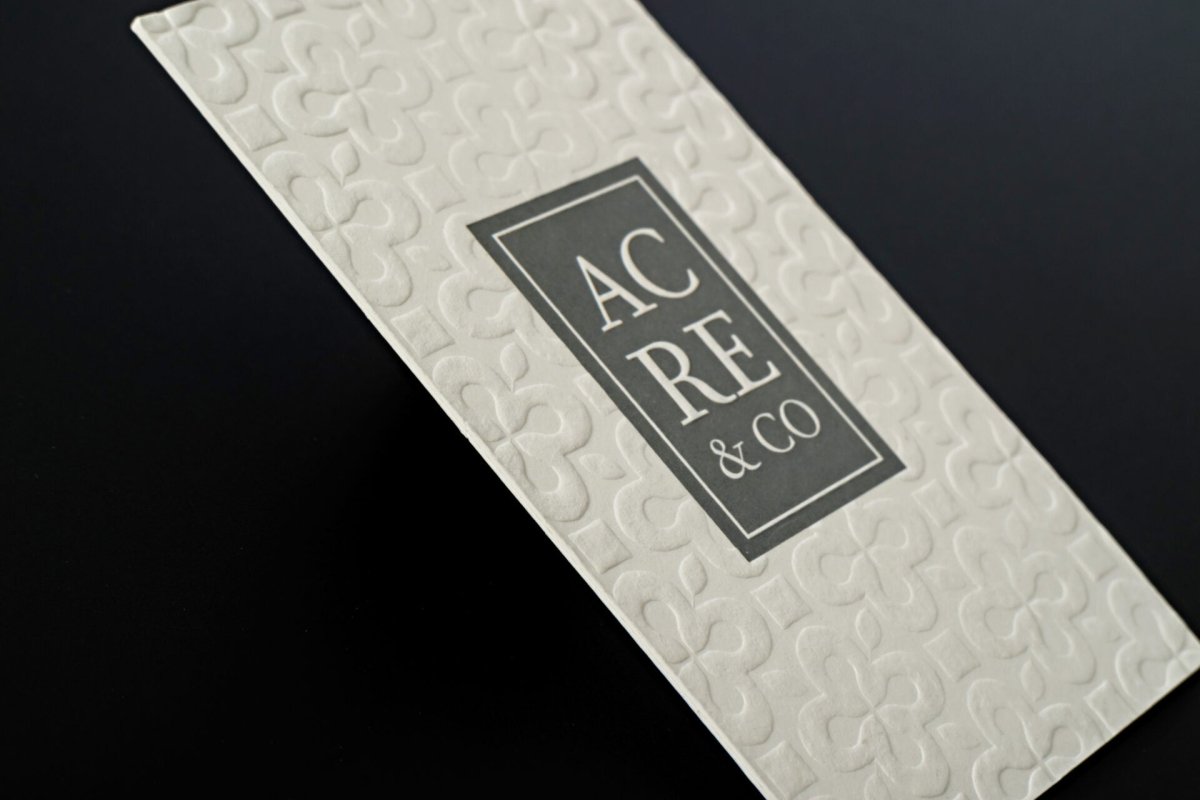
The Dividing Factor: Art World Insights from Olyvia Kwok
adminShare
With the significant changes that we have seen across the world recently, it comes as no surprise that the art world is also changing and adapting. The COVID-19 pandemic has affected everything from the way that we work and educate our children to providing us with new hobbies and communication methods. It has changed attitudes and the way that we interact with each other.

Image source: https://www.psychologicalscience.org/observer/covid-19-psycorona-global-psychological-response
It has also divided us. The world has been divided in the way that it has dealt with the pandemic, and perhaps even more divided as we start to come out of it. And again, the world of art is no different.
As a society, we have embraced technology, realised its pitfalls and somewhat turned against it, and now, are beginning to embrace it again, this time through a more hybrid approach. It appears that the world of art is still divided on its future and where the market is going - whether it is the best way to display art, the use of technological advances such as online auctions and OVRs (online viewing rooms), or the art itself.

Image source: https://www.vox.com/the-highlight/21534854/museums-museum-empty-coronavirus-covid-new-york
Olyvia Kwok , art collector and investor with over 15 years of experience in the industry has particular strengths in understanding the direction that the art market is heading in. She uses her in-depth knowledge to effectively invest in art for her clients around the world.
Public Vs Private Sales
Olyvia Kwok noticed that “public auction sales for art and antiques totalled over $17 billion – reports show this was a decline of almost 30% compared to the previous year.”
This decline is almost certainly due to lockdowns across the world and a reduction in the number of public auctions that were available for attendance. However, there was also a rise in the number of public online auctions that would have been available for attendance.
However, “a report showed that private sales were estimated to have reached over $3.2 billion in 2020.” This suggests a huge rise in art collectors and investors preferring to buy their art privately.
These figures could also reflect the continuous need for the art world to adapt as circumstances changed. It could, perhaps, suggest that the initial response to the enforced closing of galleries was to ‘go private’, then, once it was obvious that restrictions were likely to be more long-term, galleries adapted and improved their online experience.

Image source: https://www.artsy.net/article/artsy-editorial-auction-houses-attract-collectors-private-sales-three-key-reasons
Online Vs Offline
Technology is always evolving and changing the way that things are done. However, the pandemic forced many aspects of the art world to go online. There are some aspects that the world has been keen to let go of, but there are also other aspects that some are keen to keep.
Kwok stated that “many lots sold last year were via online sales”. This, again, is almost certainly a consequence of the increased necessity for online auctions but could also be a signal of longer-term trends and an increased preference – or acceptance – of the use of online auctions.

Image source: https://fadmagazine.com/2020/04/14/whats-wrong-with-art-online-exhibitions/
Likewise, “a lot of art fairs are now offering an online viewing room or digital alternative since 2020”. This suggests that the world of art is noticing the positive aspects of online – a broader customer base, the ability to create a different, unique customer experience, and greater transparency, for example – and are increasingly embracing these opportunities.
Dealers
For art dealers, the world has also divided and changed over the past couple of years. According to Olyvia Kwok, “the fallout from the COVID-19 crisis has had a negative effect on aggregate dealer sales. Values have declined by 20% in 2020.” This shows how the art world has reflected the rest of the world with uncertain times and shown an economic caution. This is something that we are, however, seeing gradually improve.
She also states that “dealers’ top priorities changed a lot last year to focus on existing clients, online sales, and finding ways to cut costs. Client relationships, online sales and art fairs were their top priorities looking ahead to 2021.” This again, mirrors what the business world has been doing, with 58% of the dealers expecting things to improve over 2021.

Image source: https://www.artbusinessinfo.com/art-fairs.html
China, USA, and UK
“These huge market hubs have retained a share of over 80% of public auction sales. China took over US to become the largest shareholder.” The insight from Kwok suggests that whilst the power in the art world has not moved drastically recently, there does appear to be a shift towards China.
This likely reflects the economic power that China now holds and its recognition of the fact that investing in art is an effective option in terms of financial stability. It may also have an impact on the popularity of different genres of art.

Image source: https://www.china-briefing.com/news/investing-chinas-art-auction-market-2014/
Just like in other industries, the art world is divided. The changes that the COVID-19 pandemic has bought about were necessary, but now is the time for us to evaluate the direction that we see the future heading in, and this, almost certainly, will result in a more hybrid approach.


